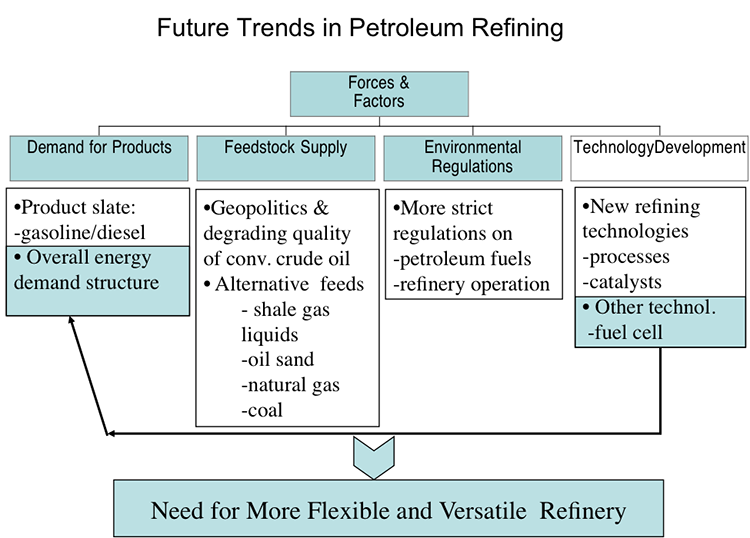The world of fuel sources is on the cusp of transformation, driven by the need for cleaner, more sustainable energy solutions. Gasoline and natural gas, long-established as primary energy carriers, are witnessing a shift in trends that promise to shape the future of energy consumption. This article explores the emerging trends in gasoline and natural gas, offering insights into what the future holds for these two essential fuels.
Gasoline: Embracing Innovation
While gasoline remains a dominant choice for transportation, it is not immune to the winds of change. Several emerging trends are reshaping the landscape for this conventional fuel.
Electrification of Vehicles:
One of the most significant trends is the electrification of vehicles. Electric cars, powered by lithium-ion batteries, are becoming increasingly popular due to their eco-friendliness and reduced dependence on gasoline. With automakers investing heavily in electric vehicle (EV) technology, the future of gasoline-powered vehicles is being challenged.
Hybrid Technologies:
Hybrid vehicles, which combine gasoline engines with electric propulsion, offer improved fuel efficiency and reduced emissions. This trend showcases the willingness of the industry to adapt and find a middle ground between gasoline and alternative fuels.
Advanced Fuel Formulations:
In response to environmental concerns, the gasoline industry is researching advanced fuel formulations that reduce emissions and improve engine efficiency. These developments aim to make gasoline a cleaner and more sustainable option.
Biofuels and Synthetic Fuels:
The future of gasoline could also include a more extensive use of biofuels and synthetic fuels. These alternative fuels can be produced from renewable resources and reduce the carbon footprint associated with gasoline.
Natural Gas: A Greener Path Forward
Natural gas is positioning itself as a bridge fuel toward a more sustainable energy future, driven by several emerging trends.
Renewable Natural Gas (RNG):
Renewable natural gas, produced from organic waste sources, is gaining attention as an eco-friendly alternative. It is chemically identical to conventional natural gas but significantly reduces greenhouse gas emissions, making it a promising trend in the natural gas industry.
Hydrogen Fuel Cells:
Natural gas is also playing a role in the development of hydrogen fuel cells. Hydrogen produced from natural gas (referred to as blue hydrogen) can be used to power fuel cells, which are highly efficient and emit only water vapor as a byproduct.
Decentralized Energy Generation:
Microgrids and distributed energy systems, often powered by natural gas, are on the rise. These systems provide localized and reliable power generation, reducing transmission losses and increasing energy security.
Methane Emissions Reduction:
Efforts to reduce methane emissions from natural gas production and distribution are a key trend. Improved infrastructure and monitoring technologies are helping minimize the environmental impact of natural gas.
The Interplay of Technologies
As the energy landscape evolves, a significant trend is the interplay of various technologies and fuels. The future is likely to be a mosaic of solutions, combining gasoline, natural gas, electric vehicles, hydrogen, and biofuels to meet diverse energy needs.
Conclusion
The future of gasoline and natural gas is a dynamic and transformative one. While both fuels have been integral to our energy consumption for decades, they are now adapting to meet the demands of a more sustainable and environmentally conscious world. Emerging trends in gasoline and natural gas indicate a promising future where cleaner alternatives and advanced technologies will play an increasingly significant role in shaping our energy choices. The interplay of these trends will define the path forward, ensuring that we have a diverse and adaptable fuel landscape that can address our evolving energy requirements.
